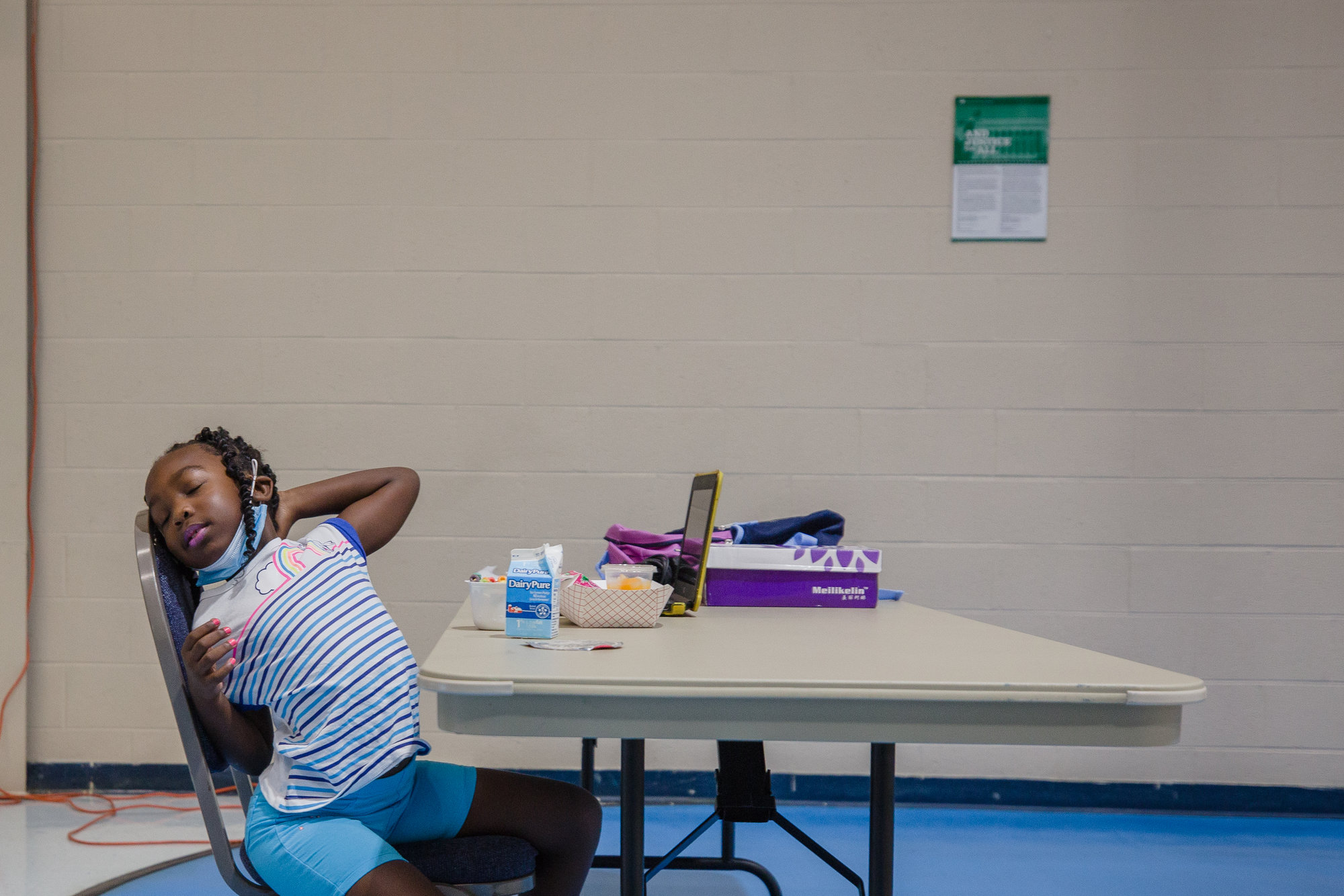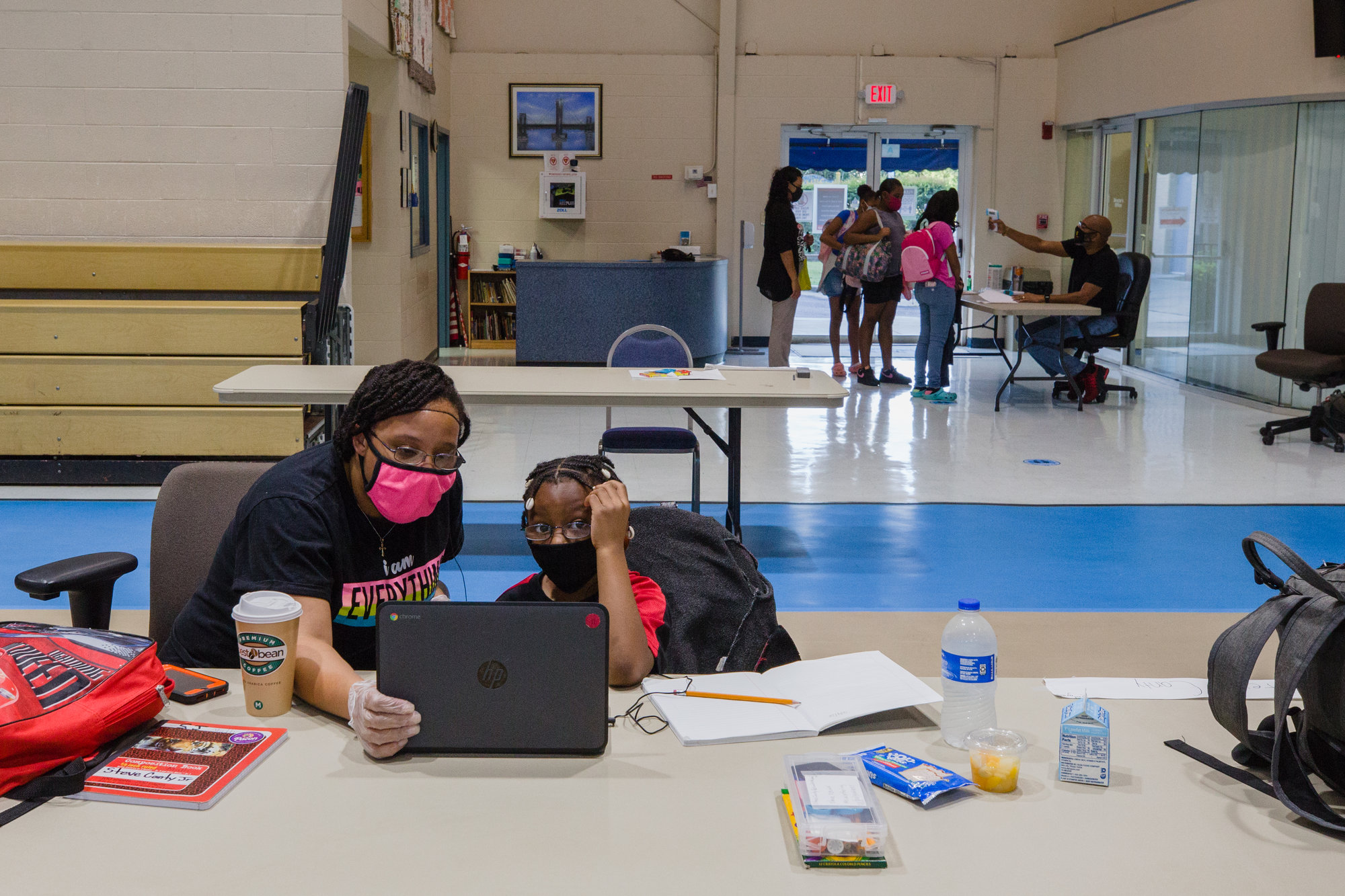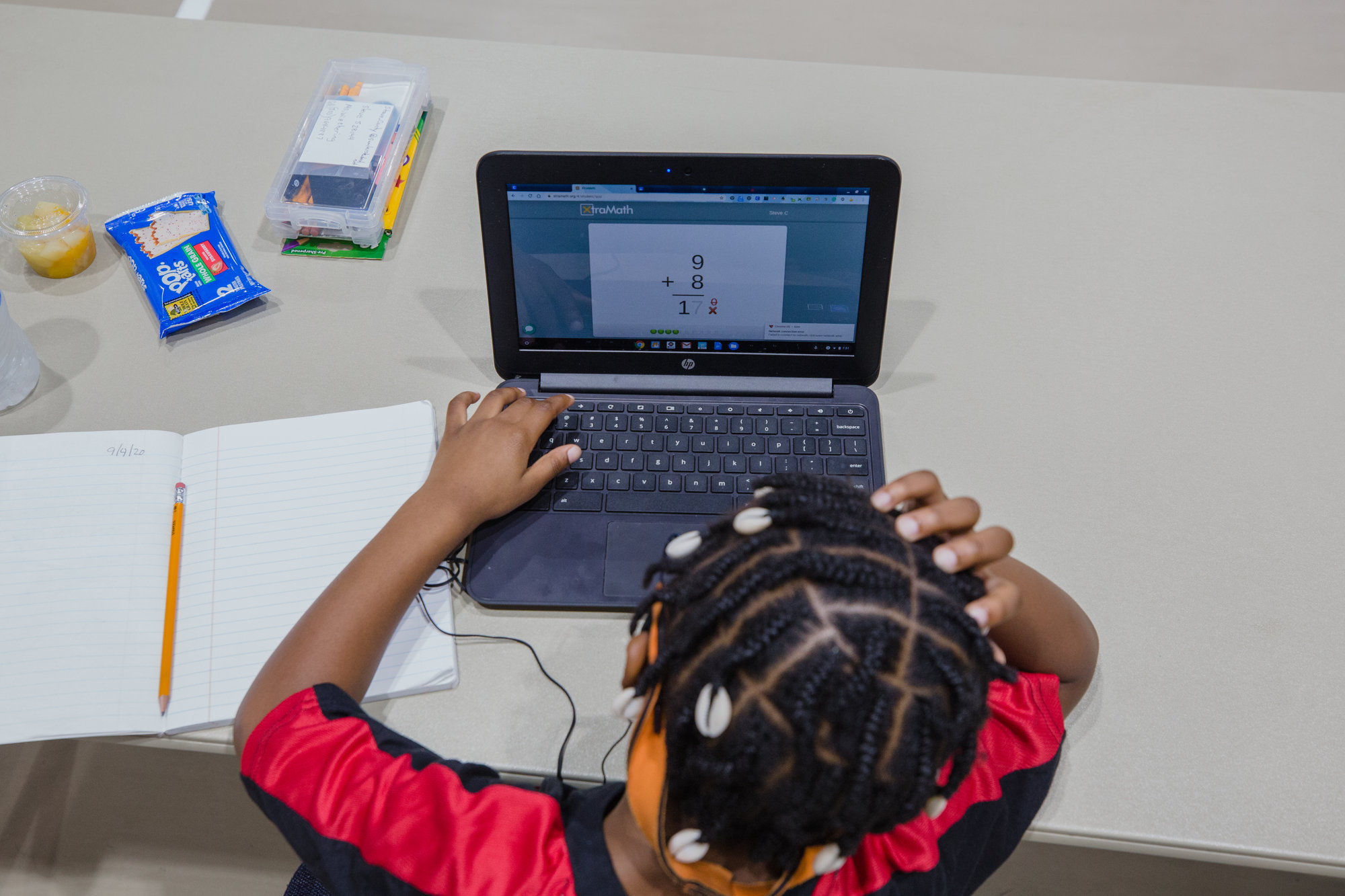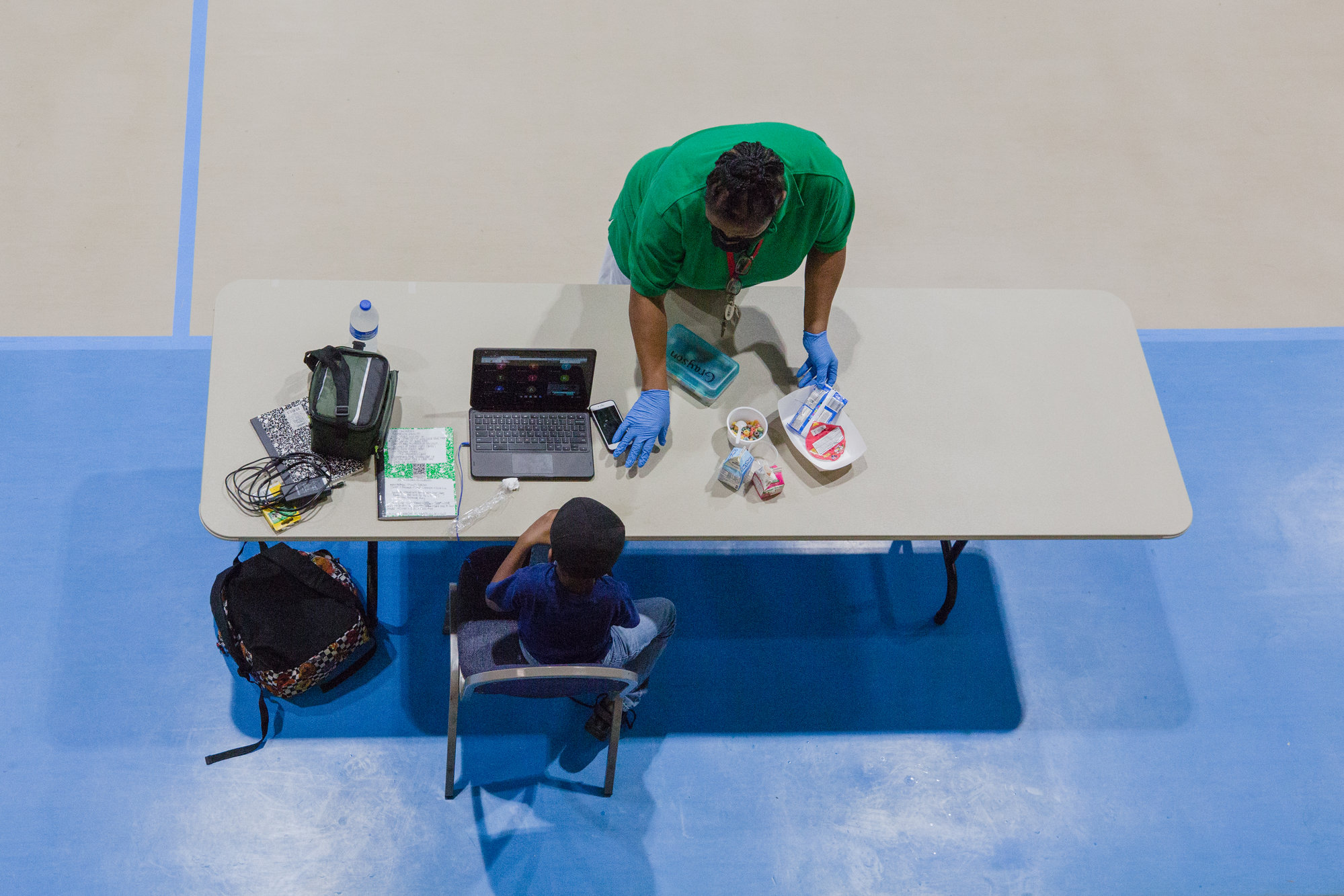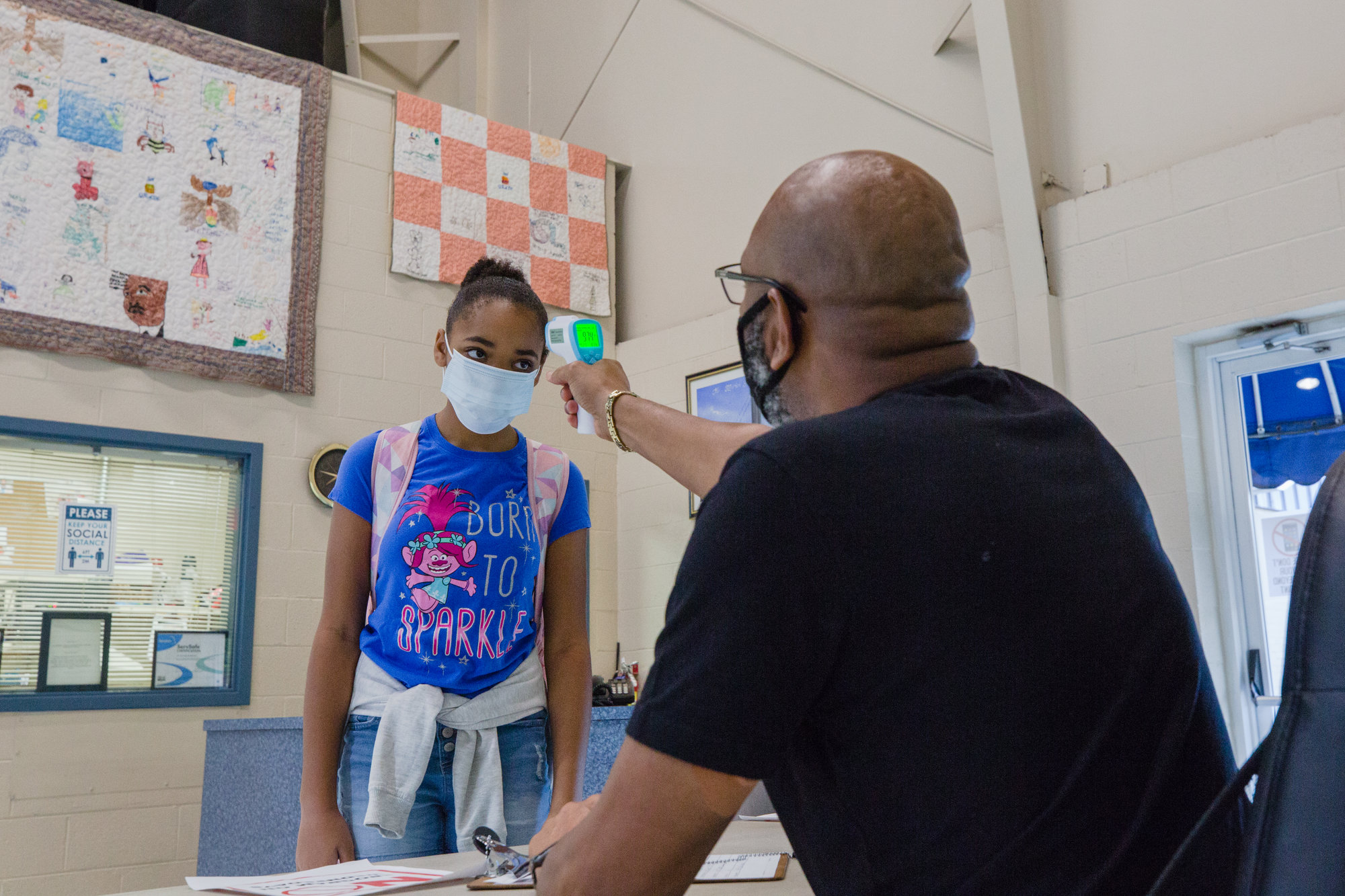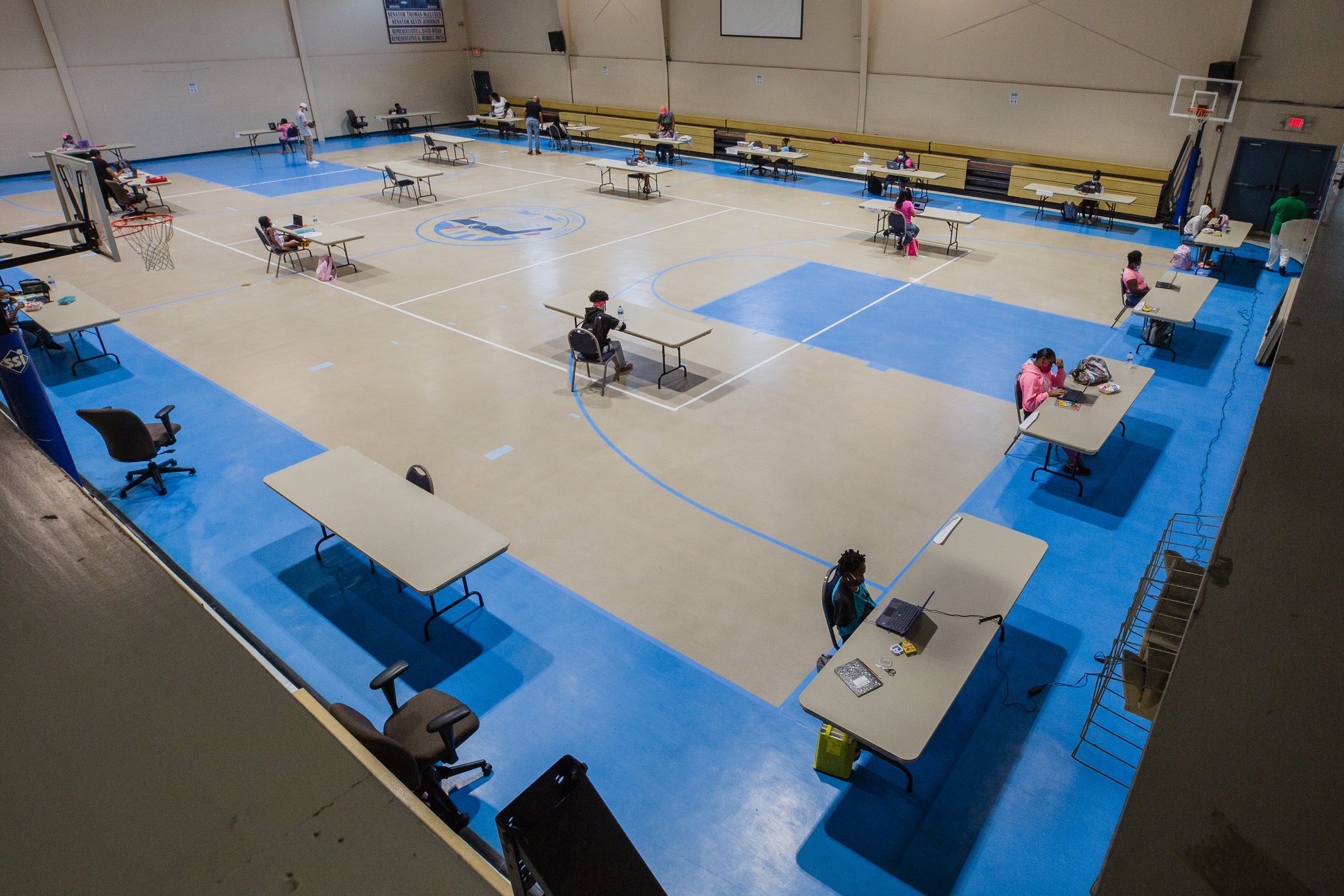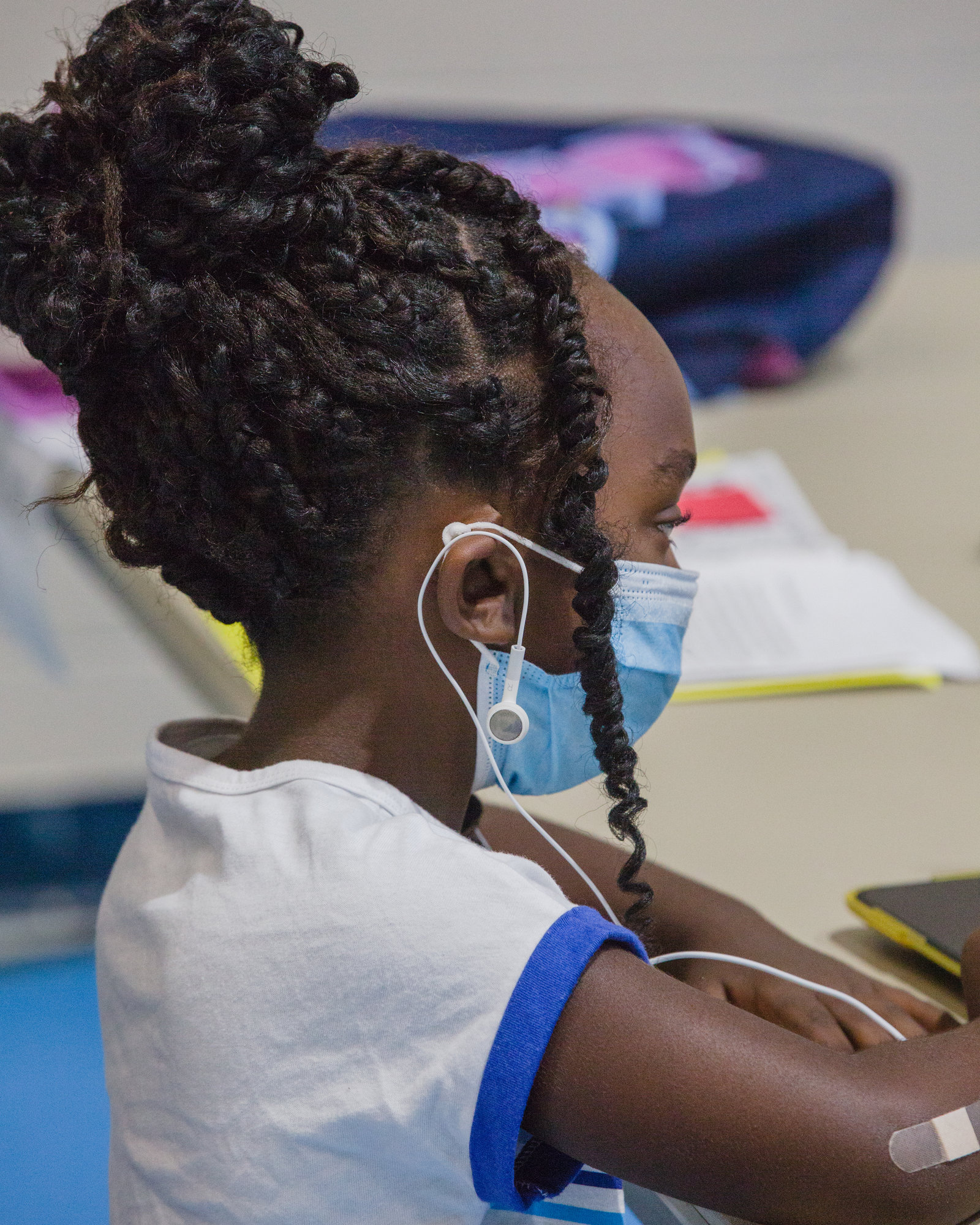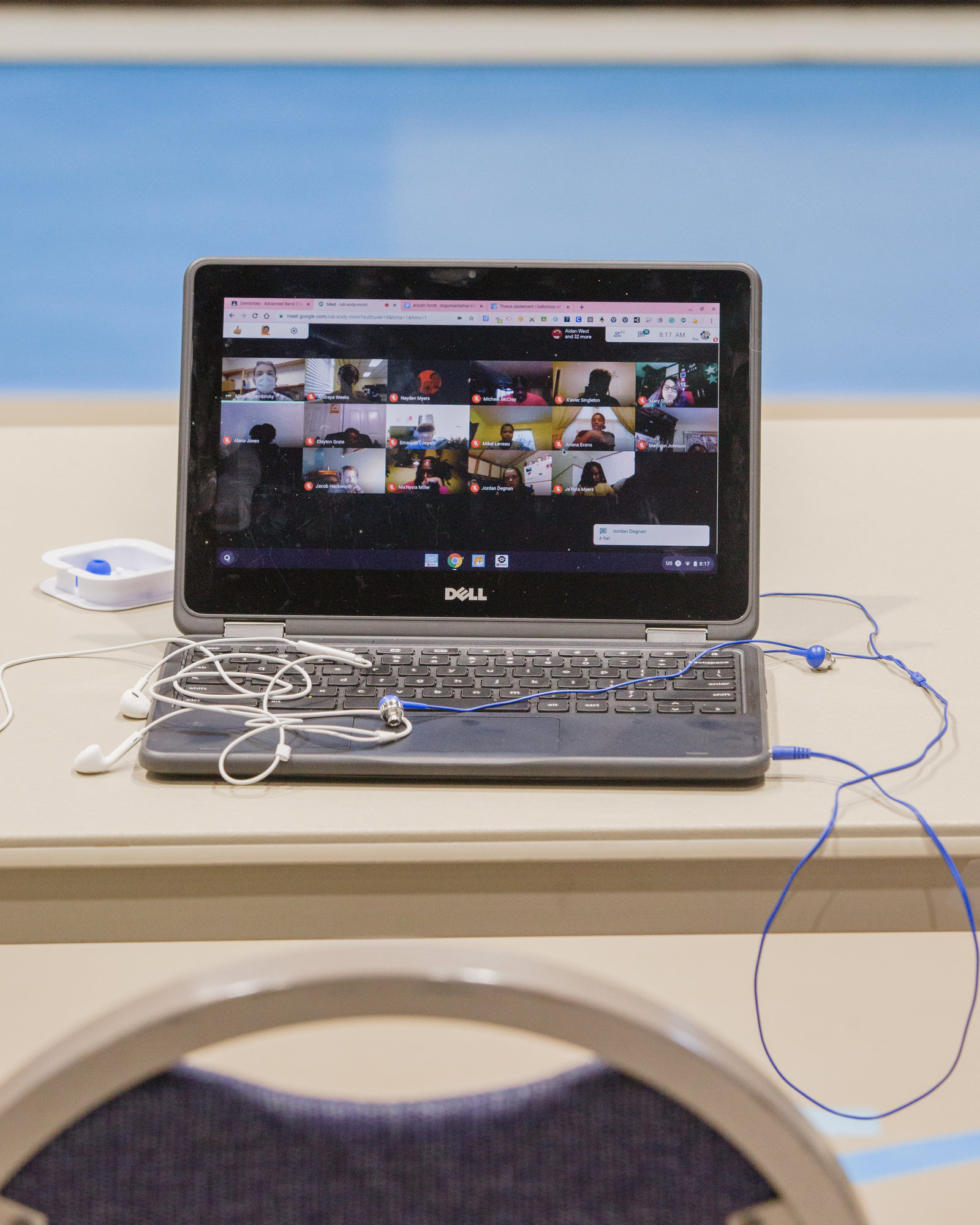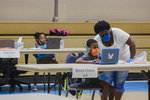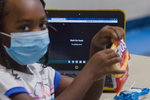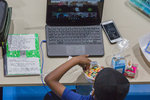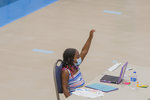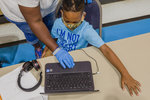Lending a helping hand in remote instruction for Sumter students
Sumter program supports students with working parents on virtual days
Barney Gadson, project director
Helping Youth Pursue Excellence (HYPE) Afterschool Program
M H Newton Family Life Center
415 Manning Ave., Sumter SC 29150
Phone: (803) 934-9527
Email: barneygadson@yahoo.com
bruce@theitem.com
Barney Gadson has seen a lot in his 20 years of running a 500-member youth after-school program, but he was approached in early July with an unthinkable scenario.
With Sumter School District making the decision to start the school year fully virtual, a single working mom of a child in the after-school program told Gadson she would have no other alternative but to leave her child alone at home each day to receive virtual education while she went to work.
"She said her only option for her 11-year-old child was she would need to lock the door and turn the alarm on," Gadson recalled. "I told her that we couldn't do that."
As project director for the Helping Youth Pursue Excellence (HYPE) community learning center, Gadson and the program are housed at the M.H. Newton Family Life Center associated with Jehovah Missionary Baptist Church. He serves on the church staff as executive director of the family life center.
After hearing that scenario for multiple families, the Rev. Marion Newton, senior pastor at Jehovah, and the other staff members committed it to prayer and said the church needed to help.
Since the HYPE program is also coordinated with the school district, Gadson came up with a draft plan and sought support from Superintendent Penelope Martin-Knox.
The superintendent said she knew challenges exist for parents with remote learning and said the district would do what it could.
The result of the prayers and summer planning is what is on display now during the week at the church's family life center on Manning Avenue in south Sumter.
It's supporting students in the current virtual environment in Sumter, Gadson said.
But with safety at the forefront, given the COVID-19 pandemic, children are spaced 16 feet apart for social distancing. That means only 25 kids are currently being served.
Gadson said the program is not for every kid in Sumter since many have support systems in place. But he said he knows there are more kids out there who need something like it.
Gadson said he thinks others can step up, and hopefully it might just be for a few weeks if conditions improve and the district can switch to at least a hybrid/blended model of instruction.
"What we have tried to do here," Gadson said, "is create a model so that other churches, community centers or organizations that have the space and broadband capability to serve kids might be able to open their facilities and serve some children. If you can serve one or two whose parent really, really has no choice, then that would be helpful."
Gadson encourages churches to start at home and consider serving their own children in need whose parents don't have a support system.
Unlike in the spring when students went to distance learning that wasn't in real time, the broadband issue has become paramount now with virtual instruction.
Some kids associated with the after-school program - particularly in the rural areas - don't have access to broadband, he said.
"Broadband now is like electricity in the 1900s," Gadson said. "The state and federal government had to step in and make sure every house had the ability to be wired and receive power. The same thing is happening now in the 21st Century. We have to do the same thing with broadband. So, it's an issue of our time."
He said the school district is on board with continuing to identify families in need.
In his virtual support model, Gadson has HYPE after-school program staff members serving as volunteers, assisting all 25 students. The role is like a teacher's aide, he said. It's helpful if a volunteer is a little tech savvy. Since HYPE is in coordination with the school district, Gadson does have a few district paraprofessionals also on hand as volunteers.
Students with the biggest needs in virtual instruction now are those in kindergarten through sixth grade, he said. He doesn't advise any of those kids to be left alone at home for instruction. His model at the family life center is mostly students in first through sixth grade.
"These children are our children," he said, "and when the schools open back up, the district and the teachers don't want these children to be so far behind. They would like them to be on target."
If a church doesn't have current support system needs, Gadson encourages them to pray about reaching out.
With its virtual model, the family life center is asking parents for $25 per week to cover sanitation and cleaning costs for the building, he said. The program is four days per week (Monday, Tuesday, Thursday and Friday), based on the district's current instructional model. Wednesdays are for distance learning, not live instruction.
Gadson said at most it would be an eight-hour commitment daily for volunteers, about from 7 a.m. to 3 p.m.
If churches or community centers want to help, they need to access liabilities, he added.
Every parent signs a release of liability form, so everyone assumes their own risk, Gadson said. A grant award is available and possible for some churches that apply through the state Department of Social Services and set up in response to COVID-19.
Gadson said he's willing to walk any group through the virtual learning model and navigate them through setting up a learning center.
"I would love to see this happening in small groups all across the city," Gadson said. "If we could open up every church everywhere and we could serve just a handful of students - say five or 10 - we may could serve 1,000 kids."
More Articles to Read


